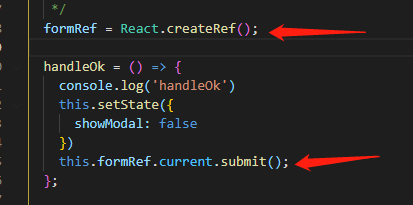I ran into a bizarre issue when I upgraded some machines to Windows 10 where incorrect permissions on RuntimeBroker caused problems. I found a solution online that recommended changing permissions (first in the registry, then in DCOM configuration), and I'm trying to write a small .NET application to automate the process.
Presently the owner of the relevant registry keys is NT SERVICE\TrustedInstaller and I'm trying to change it to COMPUTER\Administrators. I have a simple WPF application with the requestedExecutionLevel set to "requireAdministrator," but I'm still running into problems. Here's a snippet of code to illustrate the problem:
using System.Security.AccessControl;
using System.Security.Principal;
using Microsoft.Win32;
namespace PermissionFixer
{
public class Fixer
{
public void Fix()
{
var subKey = Registry.ClassesRoot.OpenSubKey(@"AppID\{9CA88EE3-ACB7-47c8-AFC4-AB702511C276}", true);
if (subKey != null)
{
var admins = new NTAccount("Administrators");
var ac = subKey.GetAccessControl();
ac.SetOwner(admins);
ac.AddAccessRule(new RegistryAccessRule(admins, RegistryRights.FullControl, AccessControlType.Allow));
subKey.SetAccessControl(ac);
}
}
}
}
The trouble is that it doesn't even get past the call to OpenSubKey() before hitting a SecurityException that says "Requested registry access is not allowed." I think that's because Administrators doesn't yet have the access (remember it belongs to TrustedInstaller), but it becomes a bit of a chicken and egg problem. The strange thing is that when I use regedit by hand I am allowed to change the owner to Administrators, and I'm pretty sure my instance of regedit is running as Administrators.
How can I get this working in .NET?





